Introduction: The Canon T50's Timeless Appeal
What you’ll get: a contextual overview of why this mid‑’80s SLR still matters for modern creators.
The Canon T50 is a compact and approachable 35mm film SLR introduced in 1983—a bridge between the mechanical classics of the ’70s and the automated systems of the late ’80s. With its built‑in motorized film advance and single Program AE mode, it made film shooting as straightforward as possible. Paired with the Canon FD 50mm f/1.8 lens, it becomes a beautifully balanced starter kit for anyone curious about analog texture and creative restraint.
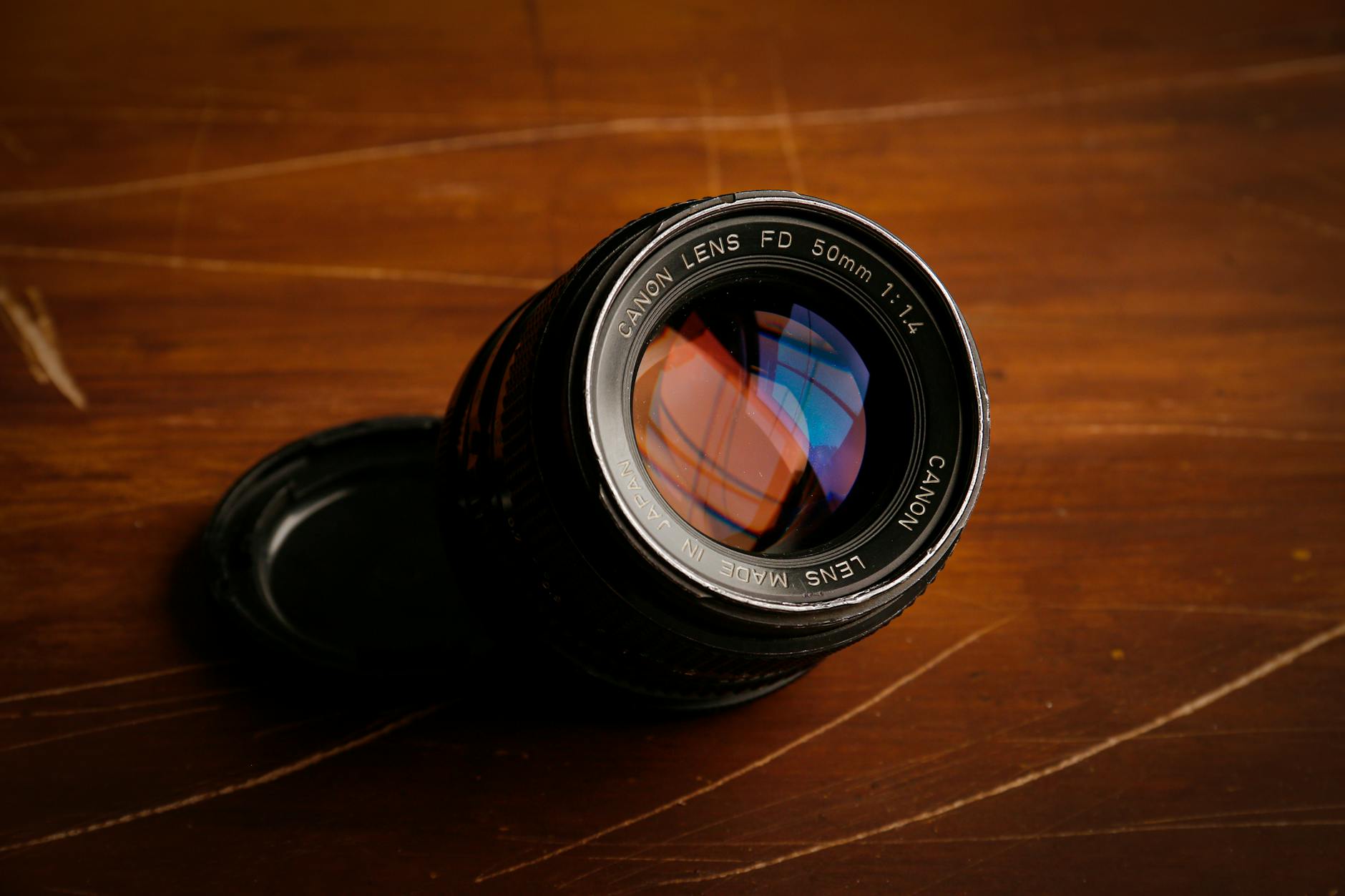
Technical Overview: Simplicity that Still Works
What you’ll get: a concise explanation of the T50’s operation and why it remains reliable decades later.
Program AE and Everyday Shooting
The Canon T50 relies on Program AE mode, automatically balancing shutter speed and aperture so you can concentrate on focusing. That simple design gives beginners confidence while preserving manual focus discipline — a valuable skill transferable to any camera system.
Motorized Reliability
Powered by two AA batteries, the built‑in motor advances each frame automatically after you press the shutter. The camera’s maximum shutter speed of 1/1000 s and use of standard 35mm film ensure that it still integrates easily with labs or DIY development workflows today.
Who the Canon T50 + 50mm f/1.8 Kit Fits Best
What you’ll get: guidance on the types of shooters who will enjoy this camera most.
The T50 kit is ideal for film beginners seeking an easy but authentic entry, digital creators exploring tactile workflows, and collectors attracted to its clean mid‑’80s Canon design.
- ✓ You want fully automatic exposure with manual focus control.
- ✓ You plan to shoot 35mm film regularly or scan negatives digitally.
- ✓ You prefer a small, dependable SLR over bulkier pro models.
- ✓ You can maintain basic care like replacing light seals and batteries.
Thinking back to your first roll of film: imagine if your first camera had been as intuitive as the Canon T50 — every frame would have felt like an experiment, not a struggle.
Using the Canon T50 in 2025: Tips and Creative Workflows
What you’ll get: ideas to integrate this vintage camera into a hybrid film‑digital process today.
Hybrid Shooting Approach
Shooting film and then scanning the negatives allows for easy integration with digital editing. You can batch process your scans in Lightroom or any color‑grading app to match your digital portfolio.
Creative Discipline
Because every shot costs film, you’ll naturally slow down and compose more thoughtfully. This patience refines visual awareness and improves your eye even when you return to digital photography.
Film Stock Experiments
Whether you load Kodak Gold 200 for warmth or CineStill 800T for cinematic tones, the T50 handles a wide range of ISO ratings seamlessly. These film types are widely available and bring distinct aesthetics worth testing.

Buying a Canon T50 Kit Second‑Hand
What you’ll get: practical steps to find a functioning vintage camera kit that lasts.
The T50 remains one of the most approachable Canon film bodies on the second‑hand market. When inspecting a potential kit, pay attention not only to cosmetics but also to mechanical condition and lens health.
- ✓ Test motor advance with new batteries.
- ✓ Inspect shutter operation sounds.
- ✓ Check foam light seals for decay.
- ✓ Examine the lens for haze, fungus, or oil on blades.
- ✓ Verify focus and aperture ring smoothness.
Spotting a perfectly preserved vintage Canon that still hums to life after decades is always a thrill. Sometimes those small discoveries connect you to photography’s mechanical past as strongly as taking the picture itself.

Conclusion: An Enduring Gateway into Film Photography
What you’ll get: final thoughts on the Canon T50’s relevance for today’s creatives.
The Canon T50 proves that automated doesn’t mean detached. Its tactile handling, solid build, and straightforward design create a welcoming entry into 35mm photography. Affordable, sustainable, and delightfully hands‑on, it remains a gateway camera that teaches as it inspires creativity — even in a digital era.
Quick decision
- You prefer simplicity over manual complexity.
- You enjoy the character of 35mm film images.
- You want a dependable camera body with accessible parts.
- You value reusing gear sustainably.
Pros
- Simple exposure automation helps new users focus on creativity.
- Manual focus encourages precision learning.
- Reliable Canon build quality from the 1980s.
- Compatible with all FD‑mount lenses.
Cons
- Limited to Program AE exposure (no full manual mode).
- Requires working AA‑powered motor mechanism.
- Plastic exterior less durable than earlier metal SLRs.
FAQs
Is the Canon T50 a good camera for film beginners? Yes, it’s fully automatic for exposure but encourages manual focus, making it easy to learn core film skills without complex settings.
What batteries does the Canon T50 use? The camera runs on two standard AA batteries, readily available and easy to replace.
What film does the Canon T50 take? It uses standard 35mm film cartridges suitable for ISO 50–1600 — perfect for popular stocks like Kodak and CineStill.
How much should I expect to pay for a Canon T50 kit? Functional kits with the 50mm f/1.8 lens typically sell within an accessible range depending on condition.
Want to expand your creative toolkit? Explore beginner-friendly film kits or learn how to clean vintage lenses safely for longevity.
Shop our inspected Canon T50 kits today.
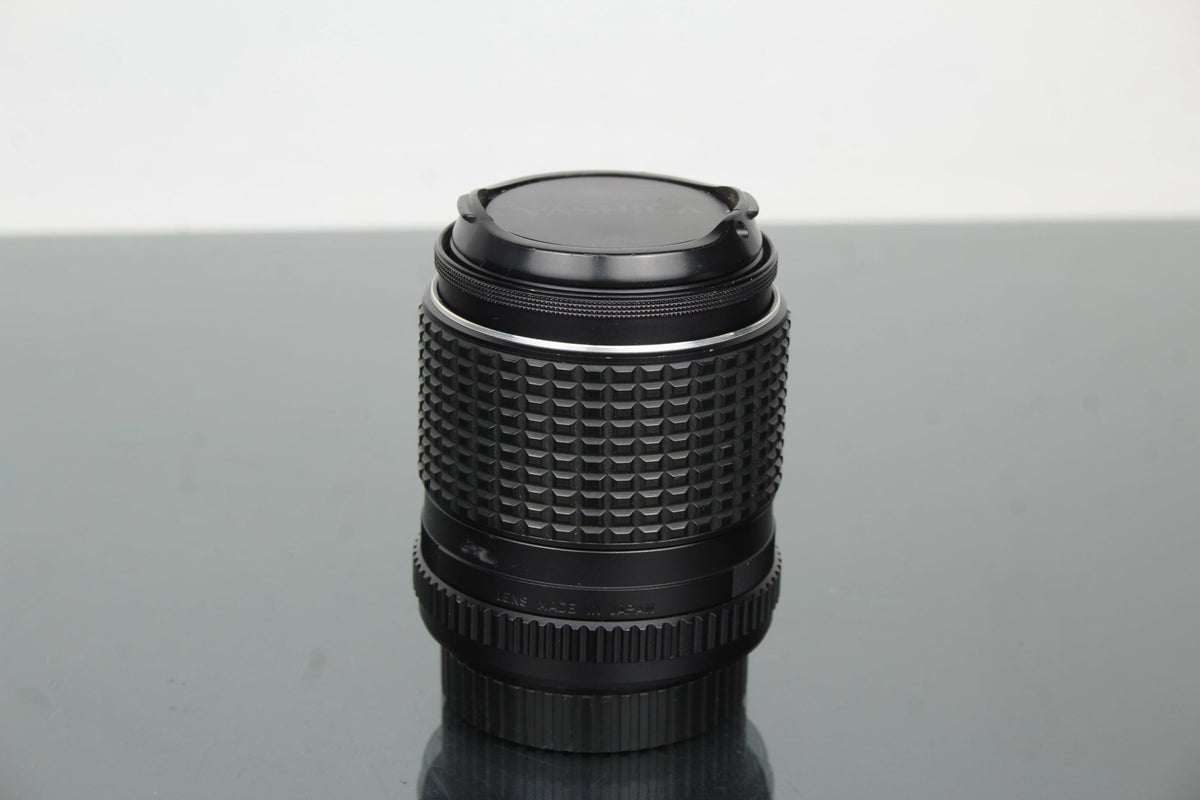
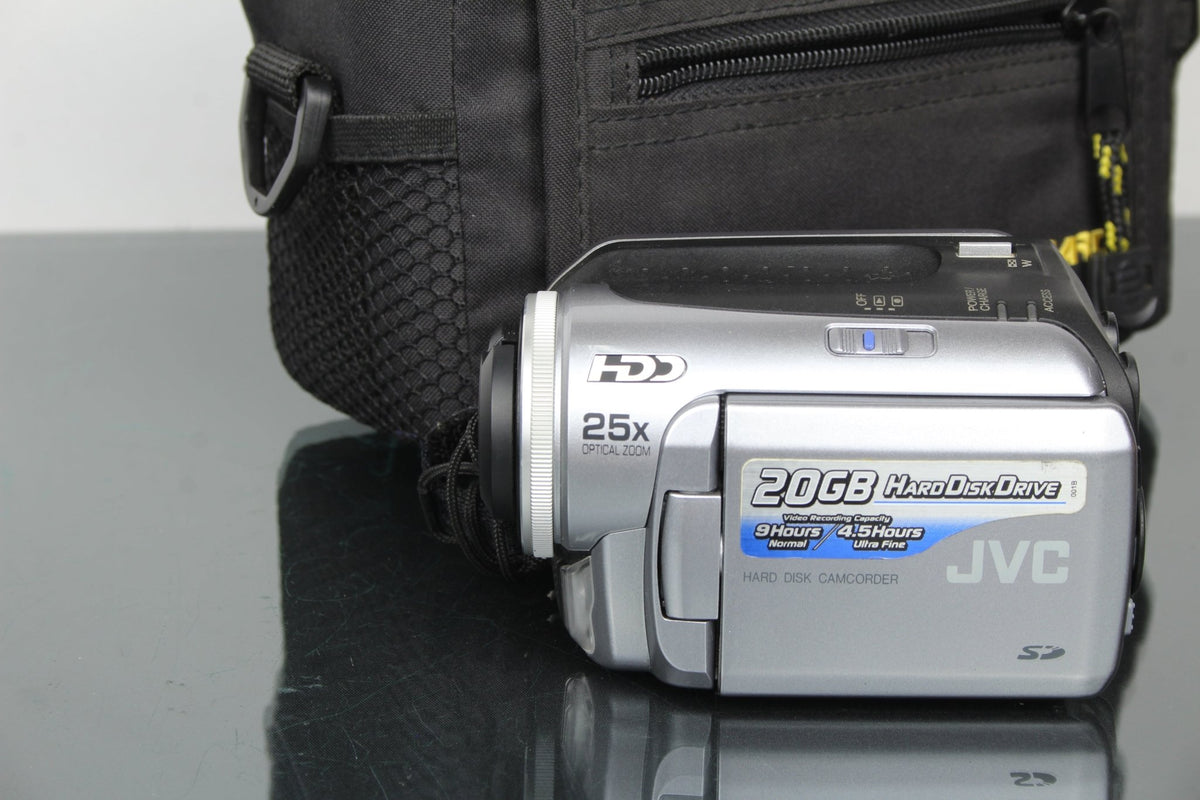
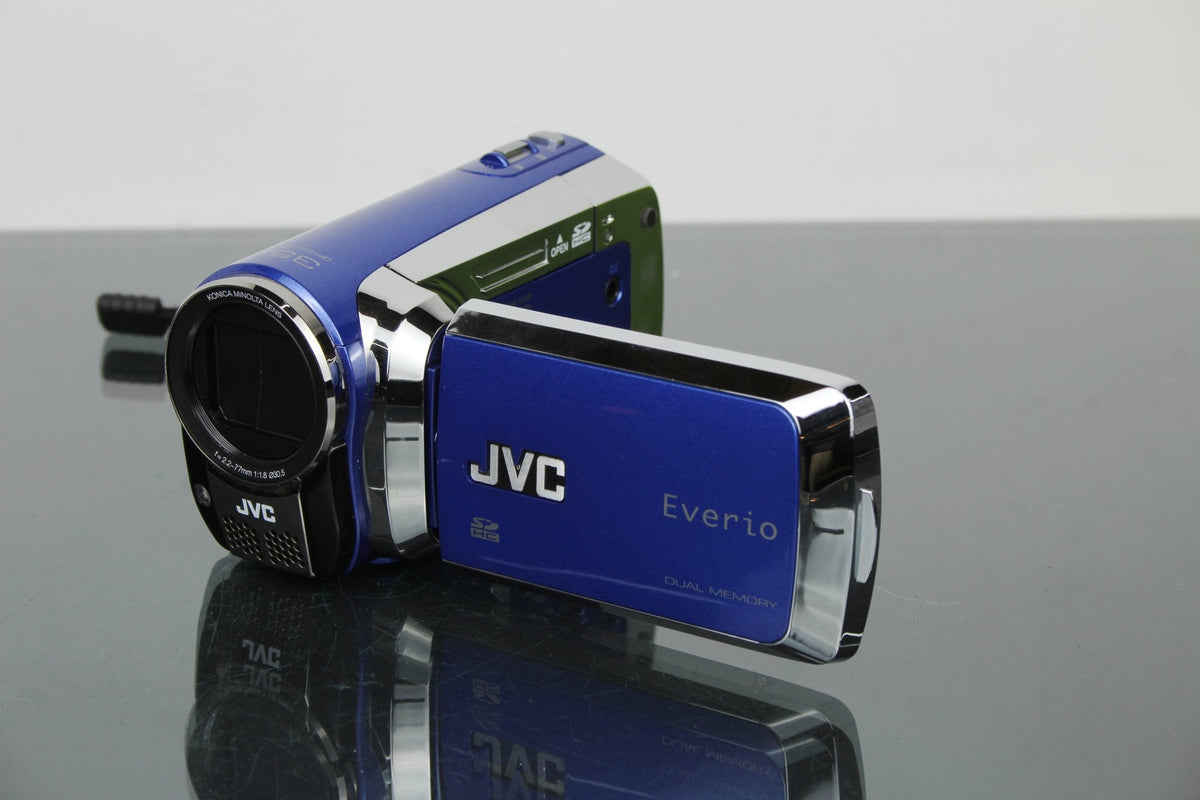
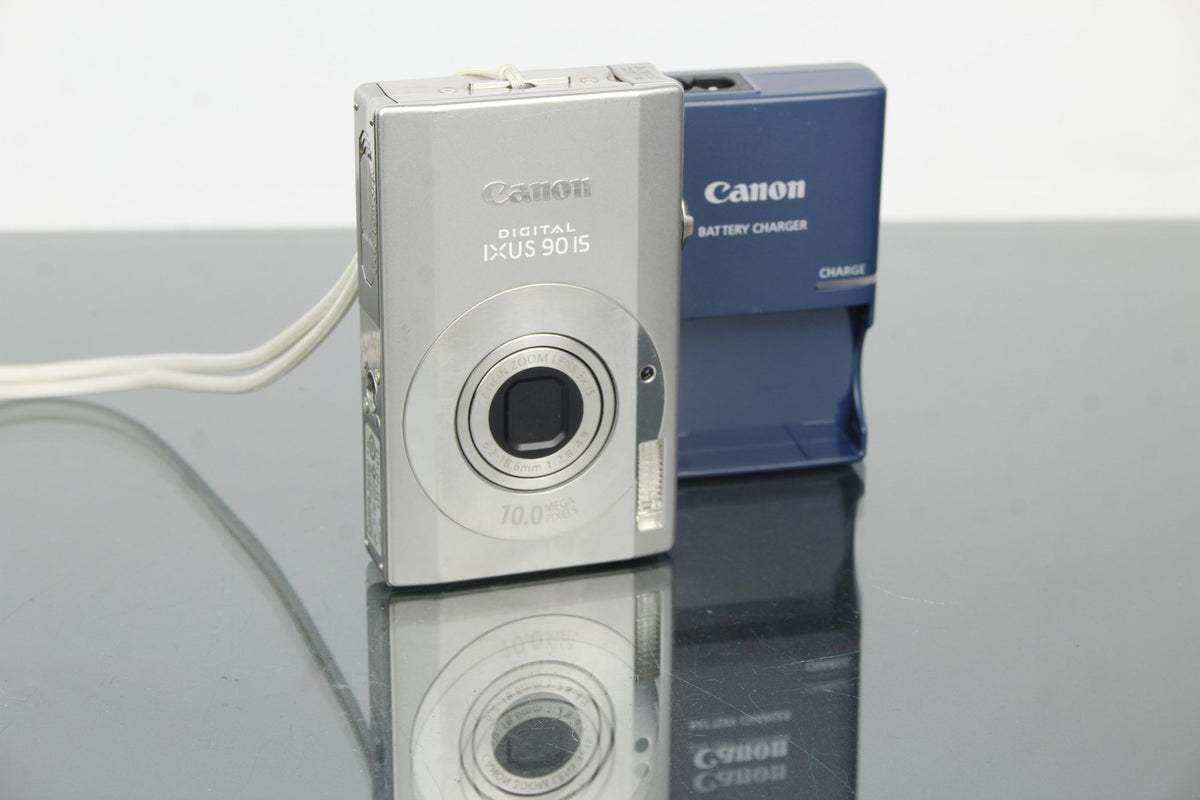





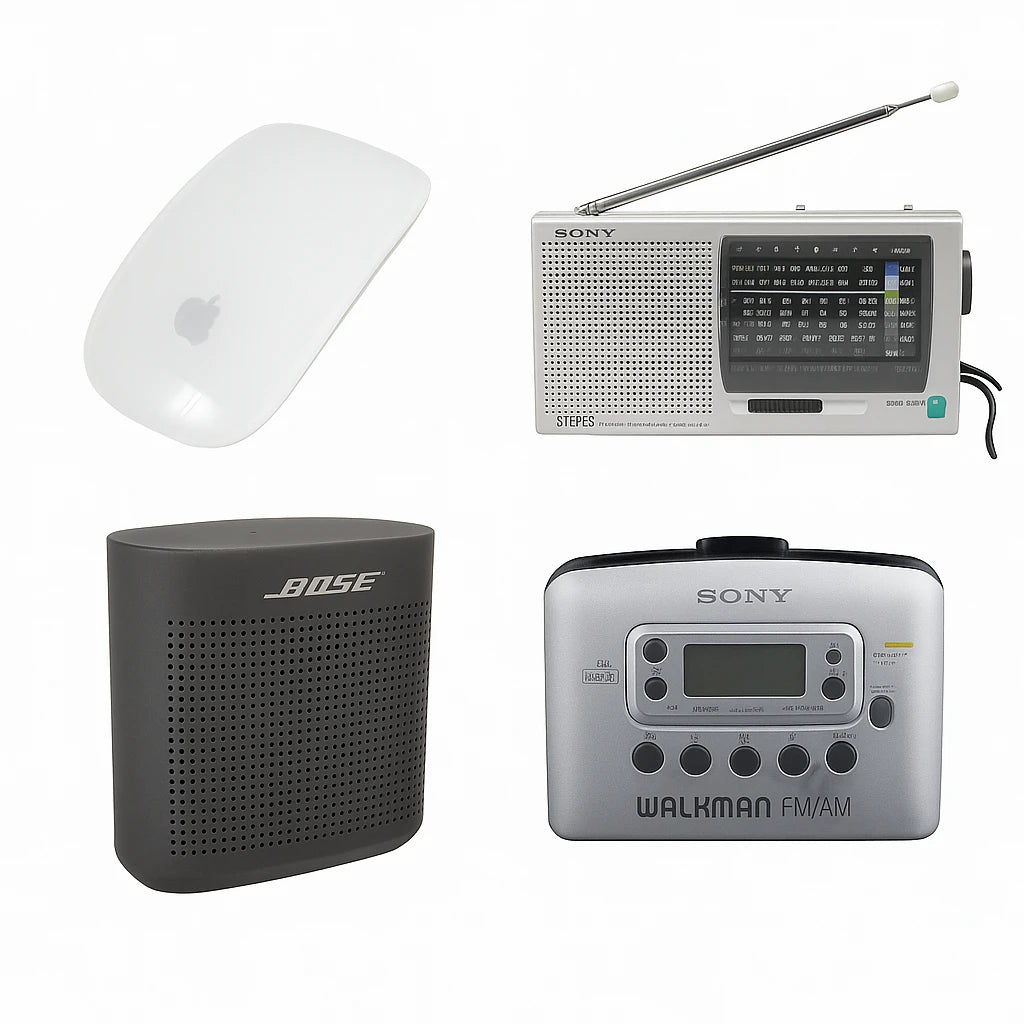
0 tuairimí